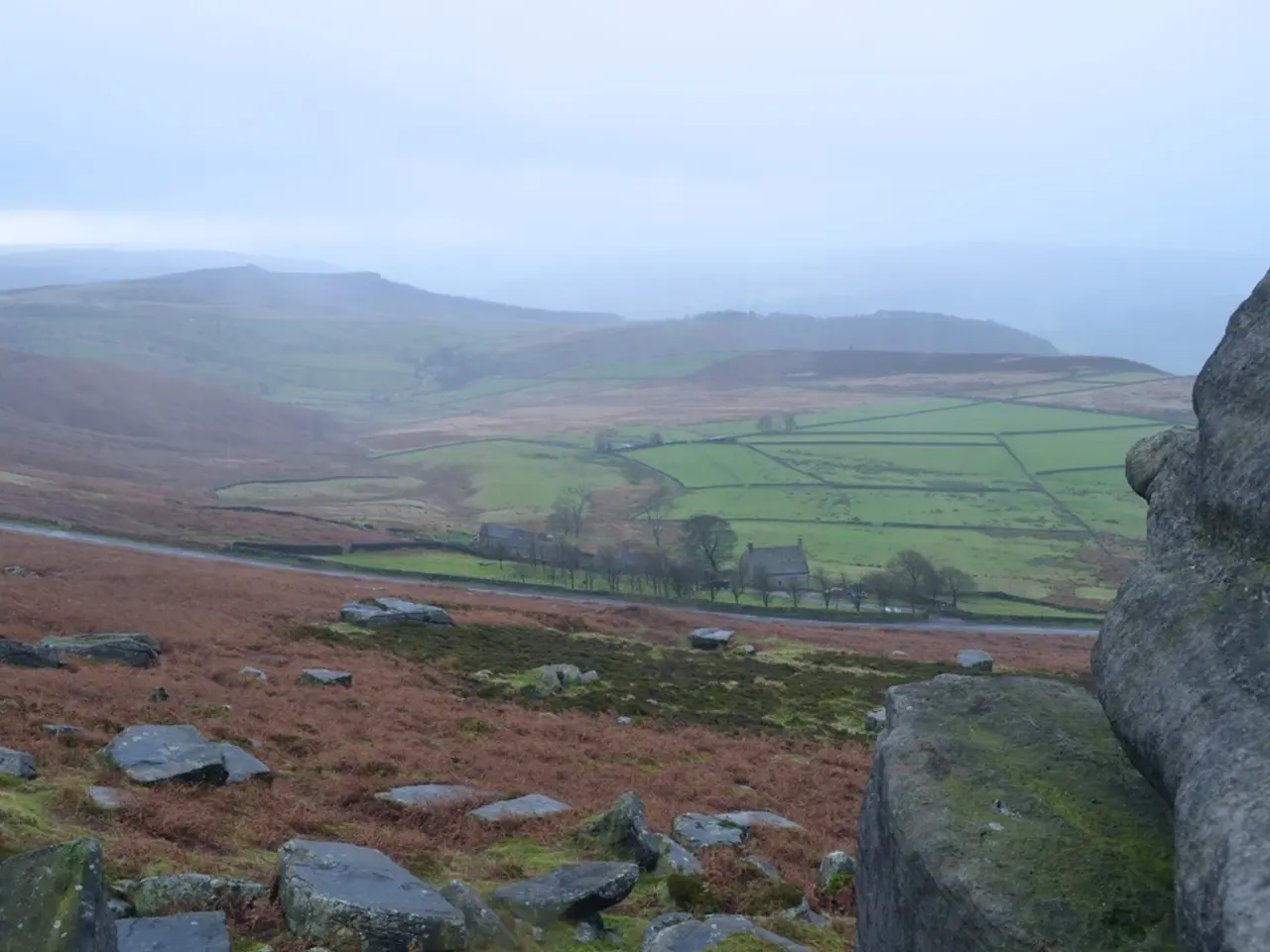Visionary Artist Cesar Manrique, mastermind behind the spectacular volcano home in Lanzarote.
In the heart of Lanzarote, the Canary Islands, lies the picturesque village of Hariá, home to the Casa Museo de Hariá - a unique tribute to painting and traditions. This humble abode, located at Calle Elvira Sañchez, 22, offers a more intimate window into the life and work of Spanish artist César Manrique, who had a profound impact on urban development and architecture in Lanzarote.
Born in Arrecife, Lanzarote in 1919, Manrique returned to his native island after years spent studying at the Círculo de Bellas Artes in Madrid and immersing himself in avant-garde circles in New York. Upon his return in 1966, he set out to transform Lanzarote, a farming community scarred by the volcanic eruptions of the 18th century.
Manrique's vision was to integrate architecture with the island's unique volcanic landscape. His buildings, such as his own home at Taro de Tahiche, known as the Casa del Volcán, were carved out of lava and featured a network of troglodytic living rooms connected from five natural volcanic bubbles. This house, now open to the public, embodies Manrique's vision of a permanent exchange between architecture and geology.
In Hariá, Manrique restored an abandoned traditional house, turning it into a creative space that displays his personal items and unfinished works. The Casa Museo de Hariá, accessible through the website [www.fcmanrique.org](http://www.fcmanrique.org), offers visitors a glimpse into Manrique's life and his deep bond with his environment, especially the rocky landscapes and natural landforms of his island.
Manrique's influence extended beyond Hariá. Some of his most notable works include the Fundación César Manrique (his former home now an art foundation), the Auditorio Jameos del Agua, the Jameos del Agua caves, and the Jardin de Cactus. These sites combine art and architecture with the island’s natural elements, becoming important cultural and tourist attractions while preserving Lanzarote’s character.
Manrique strongly opposed the spread of high-rise concrete hotels and unsightly development along Lanzarote’s coastline. The César Manrique Foundation, established in 1982, actively campaigns against illegal constructions and promotes environmental and cultural awareness to maintain Lanzarote’s natural beauty and cultural heritage.
César Manrique's legacy in Lanzarote is a visionary integration of art, architecture, and nature, which has protected the island’s environment while fostering sustainable urban development and cultural tourism. His approach turned Lanzarote into a model of environmentally sensitive tourism and urban planning, balancing modernization with conservation.
In summary, César Manrique's influence on Lanzarote is a testament to the power of art and architecture in preserving and celebrating a unique environment. Whether in Hariá or at his other architectural landmarks, Manrique's work continues to inspire and captivate visitors, leaving a lasting impression on the island and its people.
- César Manrique's Casa Museo de Hariá, located in Lanzarote's picturesque village of Hariá, provides a unique insight into his lifestyle, showcasing his personal items and unfinished works.
- Manrique's influence on Lanzarote has extended beyond Hariá, as seen in his fashion-and-beauty artwork integrated into natural landforms like the Jardin de Cactus, making them important tourist attractions.
- To maintain Lanzarote's natural beauty and cultural heritage, Manrique strongly opposed high-rise concrete hotels and unsightly development, efforts echoed by the César Manrique Foundation.
- Manrique's approach to land and architectural development has left a lasting impact, fostering relationships between art, architecture, and the island's environment, while promoting travel to Lanzarote for an immersive experience in sustainable urban development.




